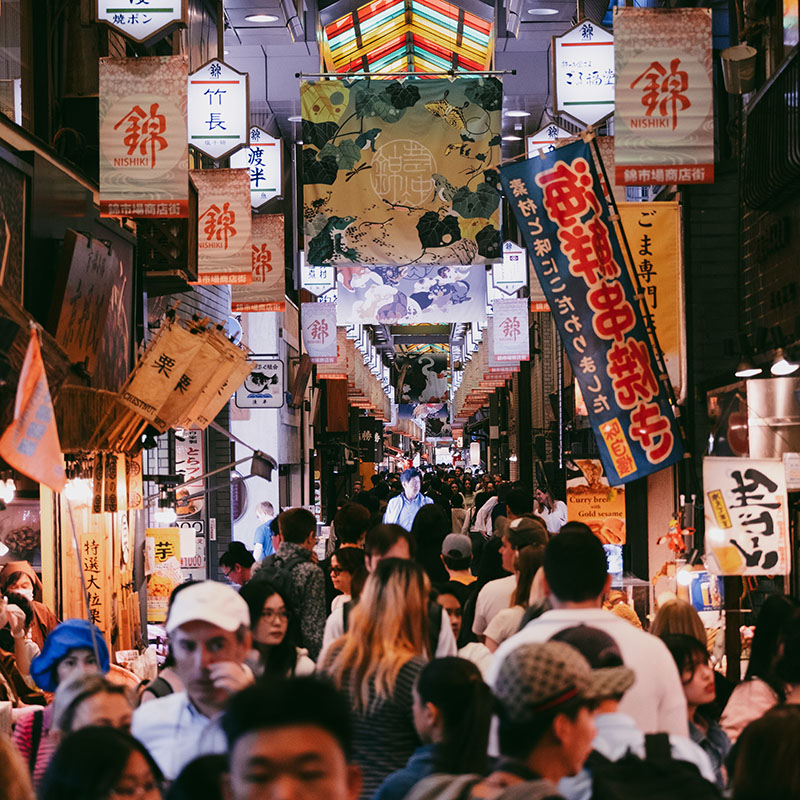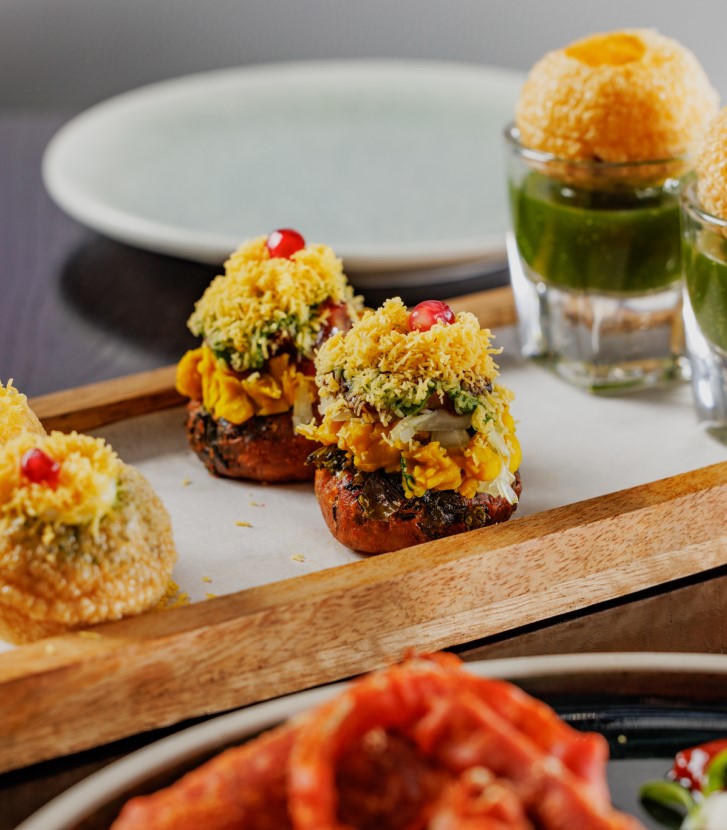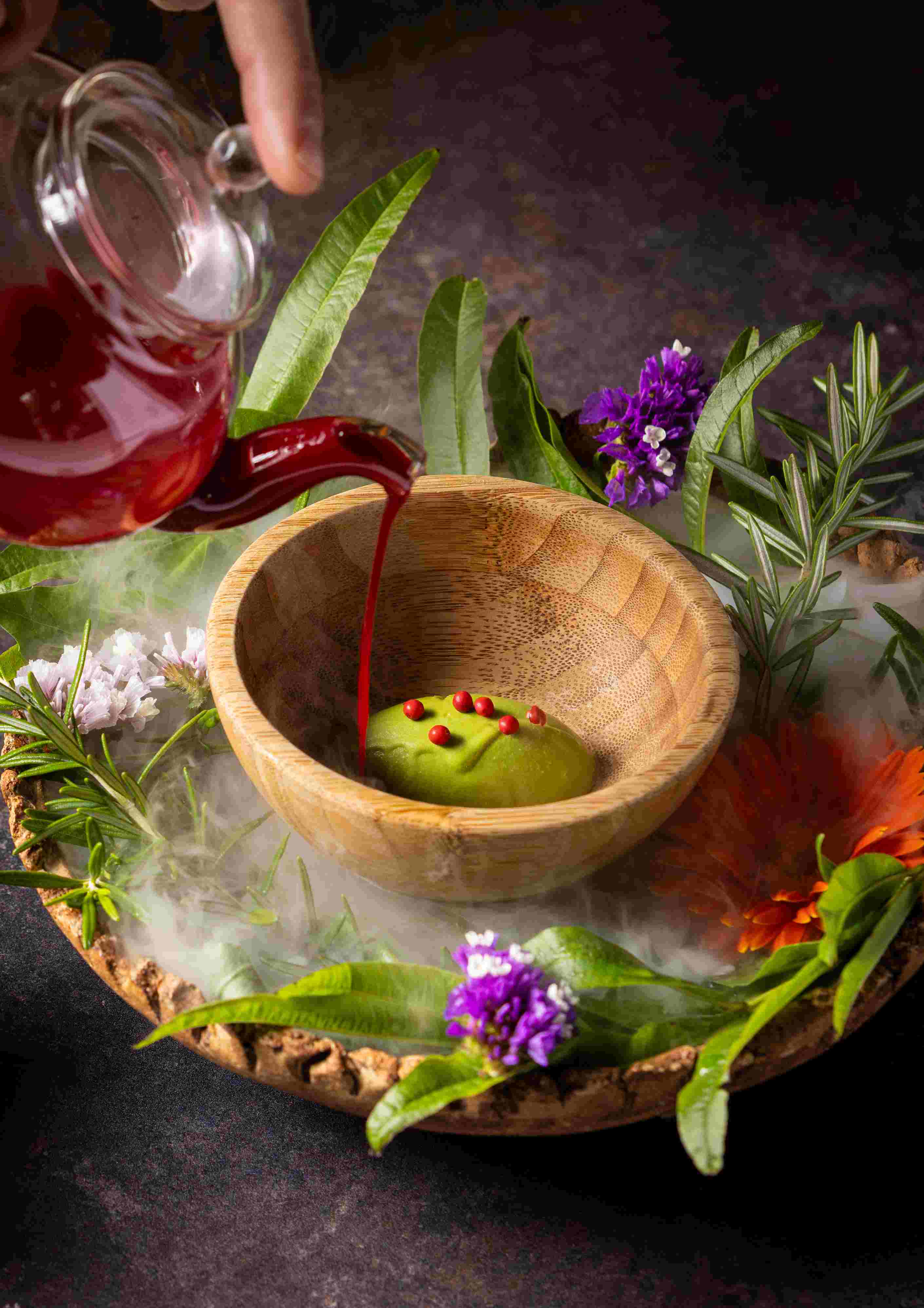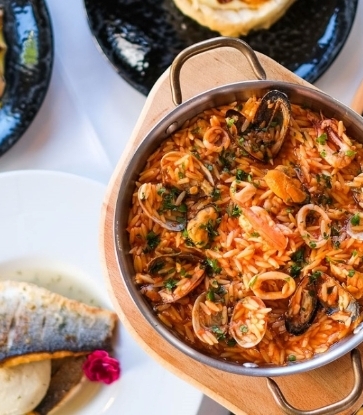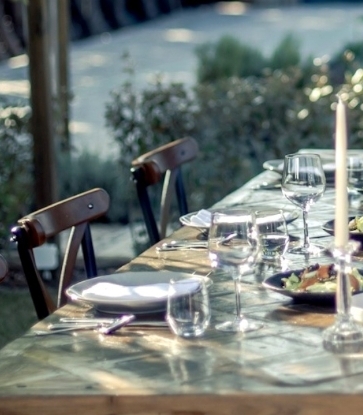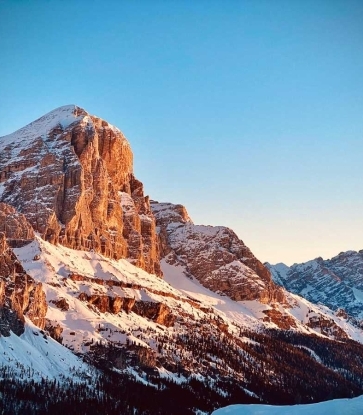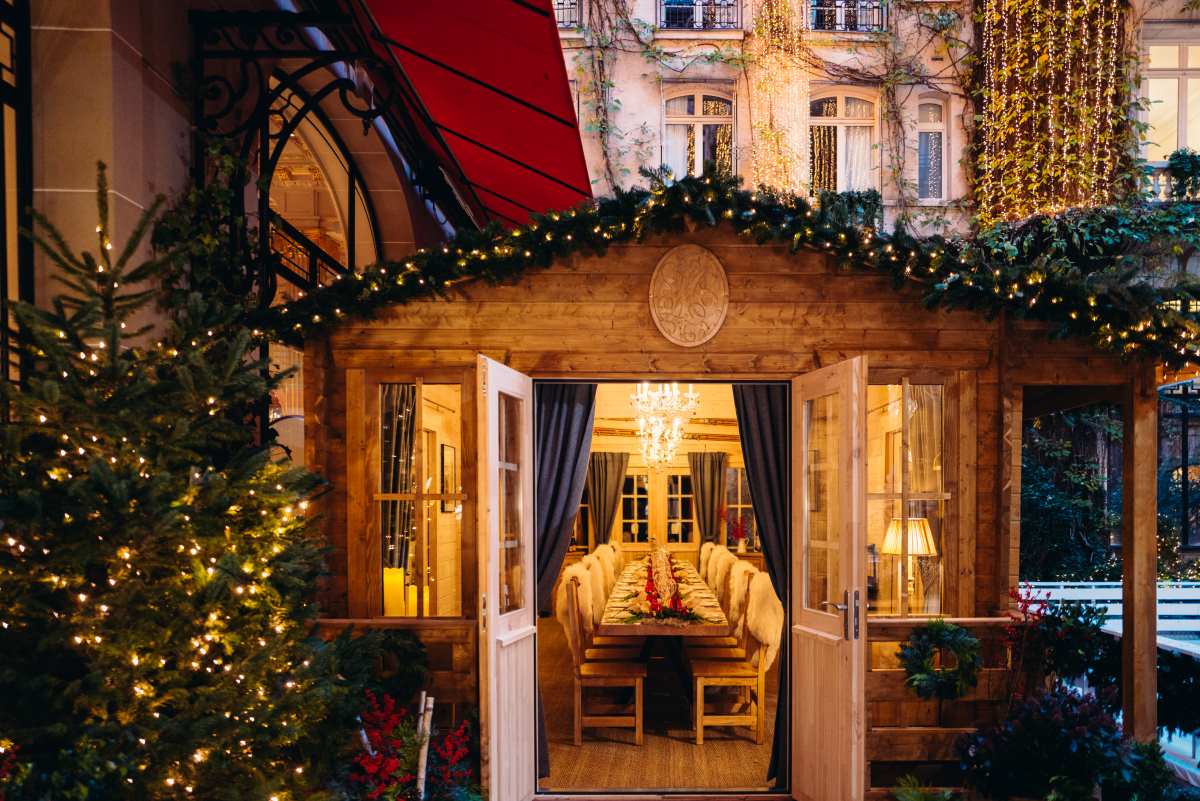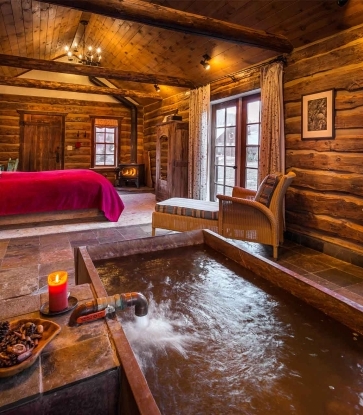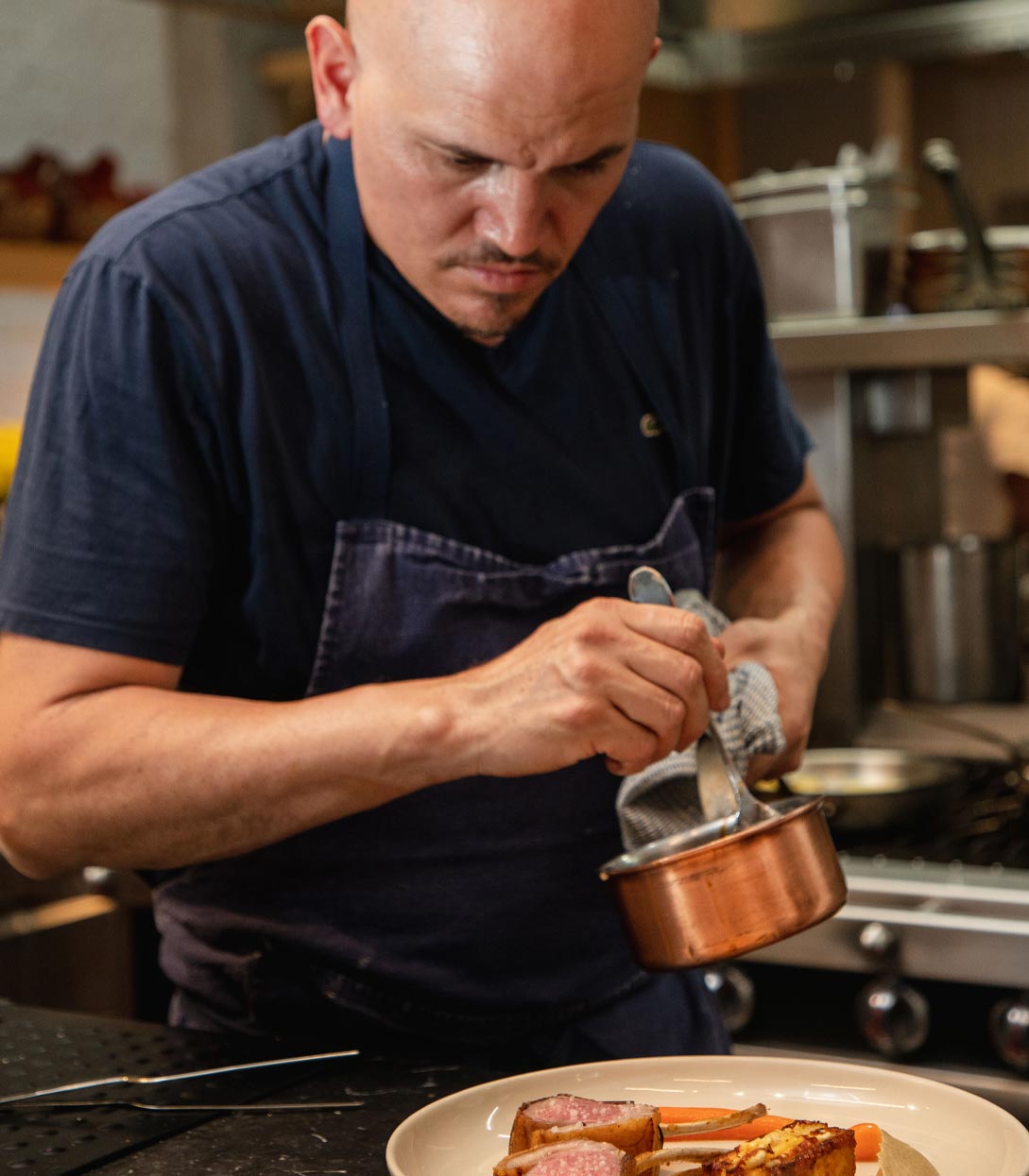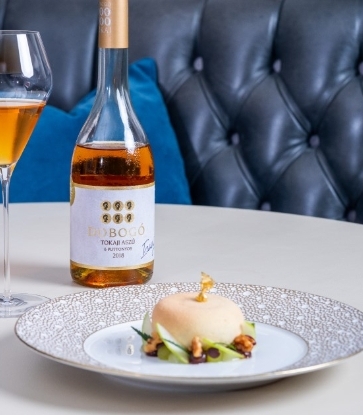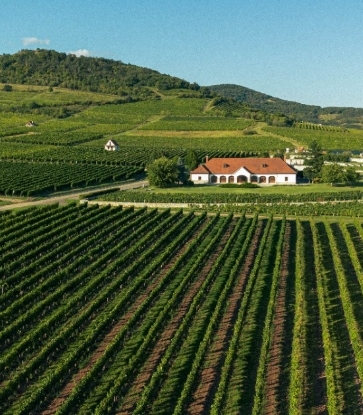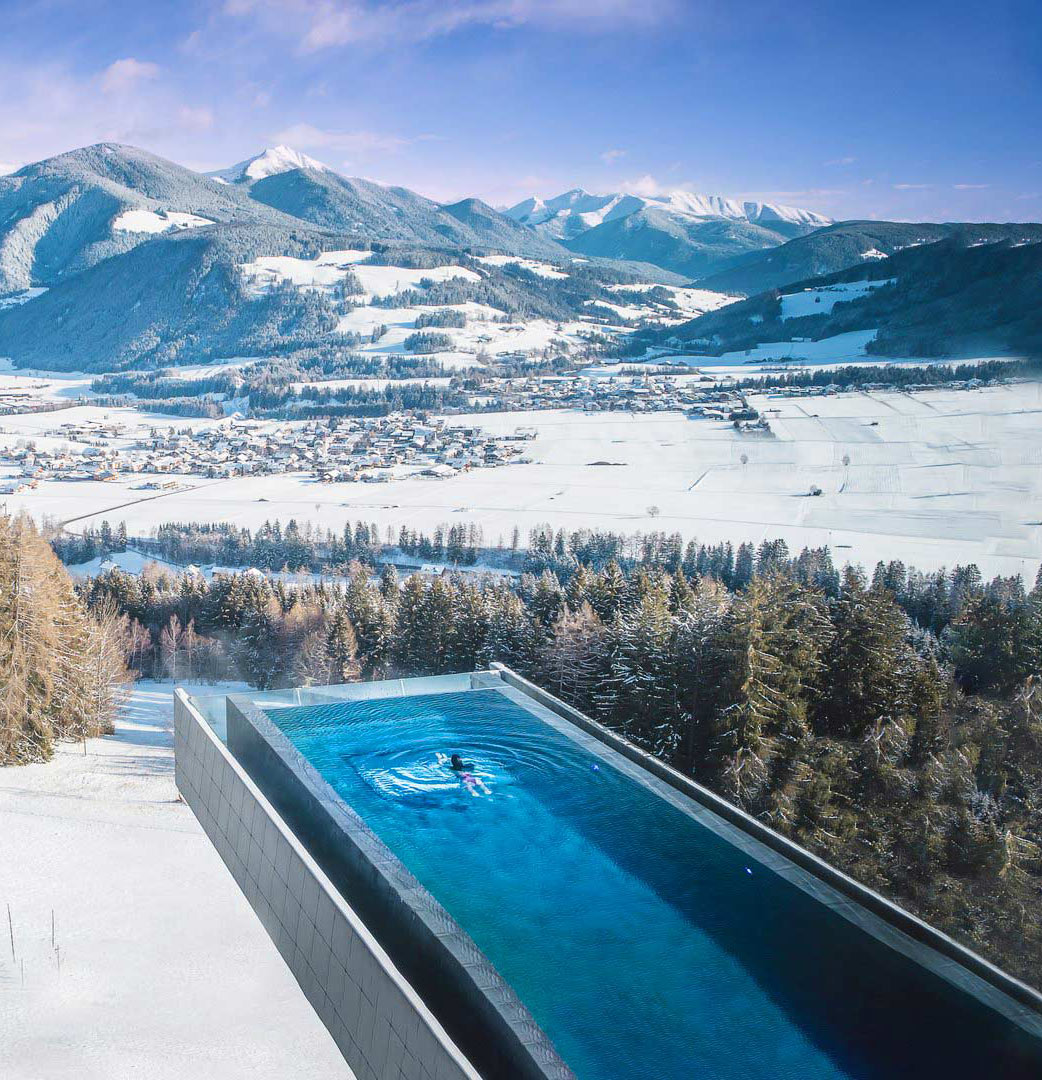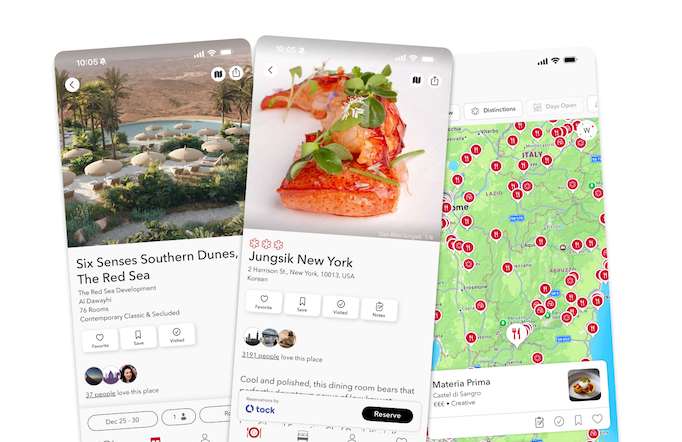From scenic coastlines to ancient capitals and quiet craft towns, Kyoto is perfectly placed for memorable day trips. Within an hour or two by train, you can explore the deer-dotted temples of Nara, the bustling food streets of Osaka, the pottery kilns of Shigaraki, or the sea-facing villages of northern Kyoto. Each offers a different side of Japan — rich in culture, flavor, and atmosphere — making them ideal add-ons to your time in the city.
Nara, Japan’s Wildlife Paradise

Nara became Japan’s first permanent capital in 710, but the seat of power was relocated in 784 after the government grew wary of the growing influence of the city’s Buddhist clergy. However, Nara’s legacy as a former capital lives in the form of an impressive collection of historic and cultural landmarks in nature-rich surroundings. Moreover, the major attractions are all within walking distance of this highly accessible city.
Nara Park is home to over a thousand free-roaming deer, regarded as sacred messengers of the gods. Enjoy taking photos of the deer and feeding them special crackers available for purchase around the park — but remember that they are wild animals and treat them with respect.
Sitting in the northern part of the park, Todai-ji Temple is considered the most important of Nara’s great temples. Chief among the many points of interest is the Great Buddha (Daibutsu), which resides inside an immense wooden hall. Nearby, the vermilion and white Kasuga Taisha Shrine presents a different spiritual atmosphere, with hundreds of lanterns lining the approach through an ancient forest. The garden near the shrine is particularly lovely when the wisteria (late April to May) and irises (early June) are blooming. Kofuku-ji Temple, once part of the powerful Fujiwara clan’s temple complex, offers impressive historical architecture, including a five-story pagoda.
For a relaxing break among the spectacular architecture and sacred sites, head to Ukimido in Nara Park, a beautiful hexagonal wooden gazebo which appears to float in the middle of Sagi-ike Pond. Another notable site is the Nara National Museum, which offers curated exhibitions on Buddhist art and history.
Getting there: From Kyoto Station, express trains will get you to JR Nara Station in 45 minutes, or to Kintetsu Nara Station in 35 minutes.
Find your hotel
Osaka, the Stage for the World Expo

After experiencing Kyoto’s serene, cultural ambience, get ready for a change of pace in Osaka. This energetic city is a hub for dining, shopping and nightlife, but with a more laidback atmosphere than you’ll find in Tokyo. One of the best-loved parts of its gastronomy scene is simple and hearty street foods. Takoyaki (octopus balls), okonomiyaki (thick savory pancakes cooked on a hotplate), and kushikatsu (deep-fried skewers of chicken, fish, vegetables and even cheese) are local favorites. All of these dishes are eaten with tangy sauces that deliver a flavorful punch.
A great place to try the local food scene is the lively district of Dotonbori near Namba Station. Dotonbori is known for its plethora of neon signs and a dense concentration of restaurants and bars. For great shopping opportunities, head to Shinsaibashi-suji, a covered arcade that has served as a commercial hub for centuries. A short walk away is Amerikamura, a hub for youth culture with vintage stores, cafés and street art.
Osaka has its share of cultural attractions, too. At its heart is Osaka Castle, an enduring symbol of the city’s samurai heritage, set within an expansive park. The current castle is a carefully constructed replica of the original, and points of interest include an informative museum about the castle’s history. The park is a favorite spot for seeing cherry blossoms in spring. And for something different, visit Namba Yasaka Shrine to see the striking Shishido (Lion Hall), shaped like a giant lion’s head.
Getting there: With a Japan Rail Pass, you can reach Osaka in under 15 minutes from Kyoto on the bullet train, but there are various other options. The Special Rapid train on the JR Kyoto Line, for example, will get you from Kyoto to Osaka Station in less than half an hour.
Find your hotel
Kyoto-by-the-Sea, A Laid-Back Sandbar

Explore a side of Kyoto that many visitors don’t even know exists. Sitting along the northern coast of Kyoto Prefecture, the Kyoto-by-the-Sea area is defined by its connection to maritime traditions. Amanohashidate is a pine-covered sandbar stretching across Miyazu Bay and long celebrated as one of Japan’s top scenic views. When seen from the surrounding hills at either Amanohashidate View Land or Kasamatsu Park, the sandbar resembles a celestial bridge—hence its name, meaning “bridge to heaven.” For centuries, visitors have embraced the quirky tradition of viewing it upside down between their legs, which is said to make the sandbar appear like a dragon soaring through the sky. Don’t be shy about trying it for yourself!
Another interesting place to visit is the fishing hamlet of Ine, known for its funaya, wooden boathouses built directly on the water’s edge. These houses, many dating back centuries, were designed to store boats below with living quarters above. Many have been preserved and still serve as homes or, in some cases, guesthouses. Take a trip out in a sightseeing boat to see the picturesque village from the water and then take a stroll along the narrow lanes for a different perspective.
Getting there: Train and bus services to this region of Kyoto are limited, so be prepared for an early start and plan your route carefully if visiting by public transport. Going by rental car will allow for a more leisurely visit and flexible schedule.
Find your hotel
Shigaraki, An Arty Spot for Ceramics
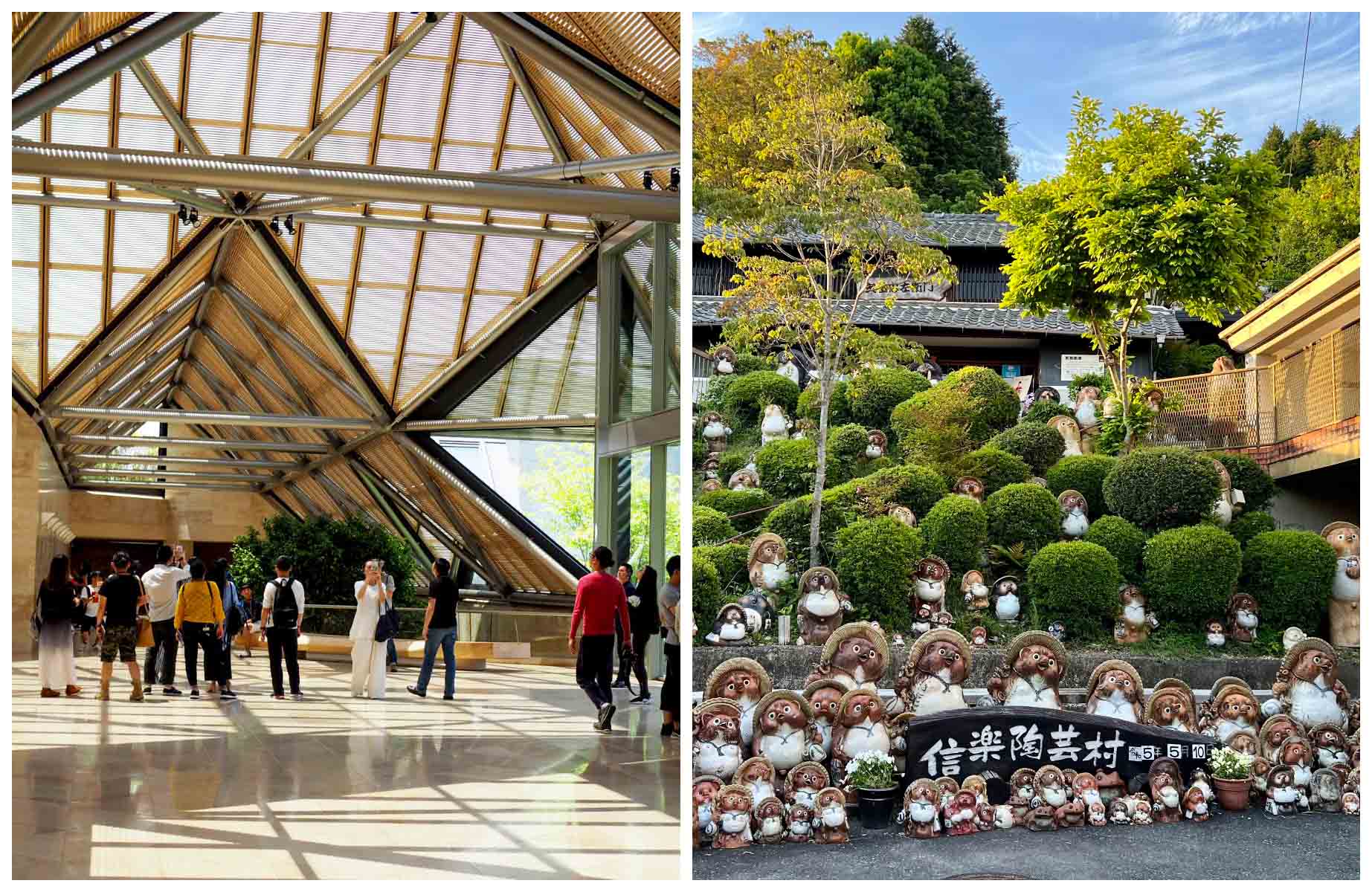
The pottery town of Shigaraki is located at the southern end of neighboring Shiga Prefecture. Now part of Koka City, Shigaraki has been a hub of pottery-making for almost 800 years and is well known for its high-quality clay and ceramic works. One of its signature products are comical tanuki (Japanese raccoon dogs) figures, often placed outside businesses to bring prosperity. These good-natured tanuki can be found throughout Shigaraki’s townscape in all manner of shapes and sizes, offering plenty of fun photo opportunities.
Delve into Shigaraki's pottery culture by exploring the many galleries and engaging with the town’s artisans. Visit the Shigaraki Pottery Village, where the same family has been producing pottery ware for more than 100 years. Try your hand at pottery or paint your own tanuki figurine and take a break in an atmospheric café created from a renovated climbing kiln. For art of a different kind, visit the Miho Museum, housed in a stunning structure designed by I.M. Pei. The museum features rotating exhibitions showcasing Japanese art alongside ancient pieces from Egypt, Greece, and other ancient civilizations.
Getting there: Reach Shigaraki Station in 90 minutes from Kyoto Station. Travel by JR to Kibukawa Station, then change to the charming Shigaraki Kogen Railway (cash only). The Miho Museum is a 20-minute taxi ride from Shigaraki Station, or 50 minutes by bus from JR Ishiyama Station.
Find your hotel
Hero image: a Shopping Street in Nara. - © Colin Wee/The MICHELIN Guide
Related Articles:
